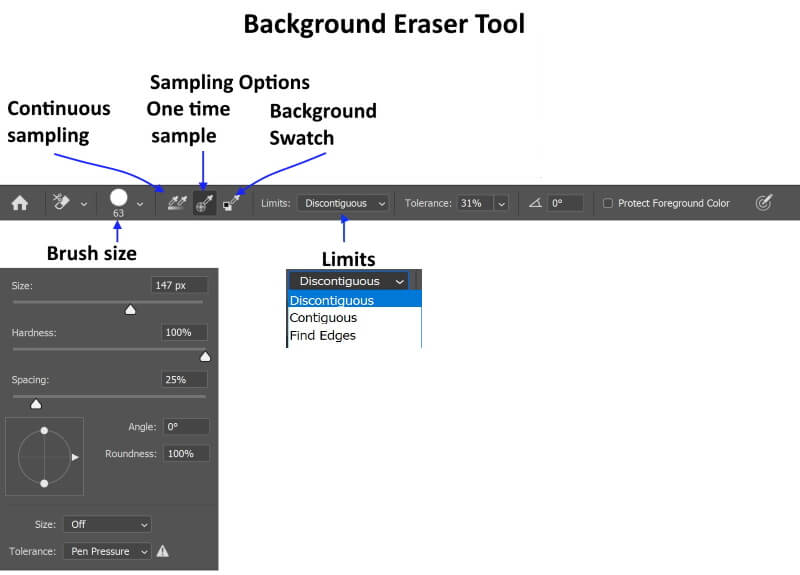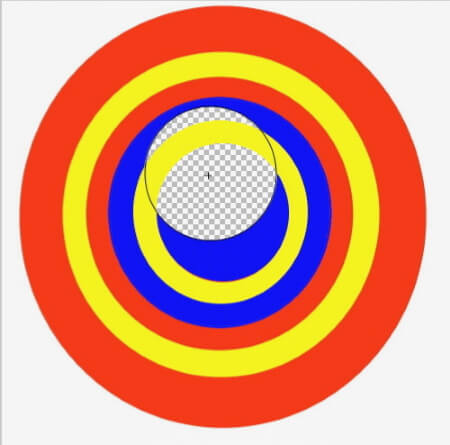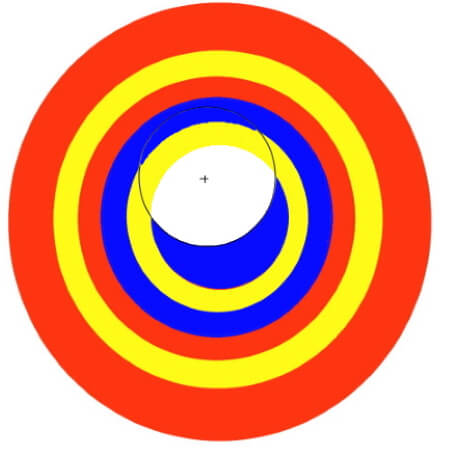How To Use Digital Backdrops
To use a digital background in your photos you have to do ii things, first: select your subjects cut them out of their slow background, and second: drop them into your prettier digital background. Isolating your bailiwick is the most delicate function and requires some time and patience, merely if you practise a good job, the results volition be worth it.
I wrote this article two years agone, Photoshop has introduced many updates during these 2 years, so I thought it is ameliorate to make a short video to explain other updated tools to utilize a digital background.
At that place are many online resource on the cyberspace where y'all can get free backgrounds. I personally found that Pixabay and Pexels are very useful. Both offer an astonishing set of backgrounds free of charge and with a free license. You lot tin utilise them even in commercial ways. The post-obit are some backgrounds I take recently downloaded and used them in the examples at the end of the mail service.

Photoshop also offers some options to let you create manifestly colors, patterns, and slope backdrops.
Photoshop offers many different techniques for removing a background from an prototype or isolating your field of study. For elementary backgrounds, using the standard magic wand tool or quick selection tool to select and delete the groundwork may, they can be useful and adequate for uncomplicated subjects. For more data, I recommend reading my mail " How To Change A Sky In Photoshop ".
However, the Background Eraser Tool is particularly useful with photos that contain lots of fine detail along the edges between your subject and its background, like, for example, if yous want to erase the background in a portrait without erasing any part of your subject.
The Background Eraser is, in fact, acolor eraser tool. It samples colors as you elevate the tool over them and erases but those colors, leaving all other colors untouched.
The Groundwork Eraser is one of the all-time tools in Photoshop for removing the background and unwanted areas of a photo, but it does accept a major drawback. As an eraser tool, it physically deletes pixels from the prototype; information technology does edit the photo in a subversive way. Therefore, it'south very of import to make a copy of your photo earlier starting editing.
Overview of the Background Eraser Tool
permit's learn the basics of how it works. To erase the central blue circle, I'll motility the cursor into the blue area, making sure that the crosshair in the middle is direct over the bluish colour I desire to erase:

When I click my mouse button, Photoshop samples the blue color under the crosshair and erases all of the matching blue pixels that autumn within the cursor circle:

To complete the job, and to erase more of the blue circle, I but demand to proceed holding my mouse button downwards equally I drag the Background Eraser over more of the expanse. Notice that even though the circle sometimes extends into one of the yellow circles, they remain untouched, and that's because those pixels are not the aforementioned color as the color that Photoshop sampled. Continue moving the cursor but always go along the crosshair inside the blue area, Photoshop will just erase blue pixels.

If you make any mistake, and y'all want to undo, utilise the following shortcuts:
- Ctrl+Z (Win) / Command+Z (Mac) to disengage.
- Ctrl+Alt+Z (Win) / Control+Choice+Z (Mac) repeatedly to undo multiple steps
Selecting the tool
In the tools, panel right-click (Win) / Control-click (Mac) on the Eraser Tool, so choose the Background Eraser Tool from the fly-out card that appears, as shown below.

Afterwards selecting the Groundwork Eraser tool, your mouse cursor volition change into a circumvolve with a smallcross-hair in the center of it, and an options toolbar appears horizontally on the peak of the screen.

Brush size
To adjust the castor size or you tin can utilise the following shortcuts:
- Left bracket central ( [ ) to make it smaller
- Right bracket cardinal ( ] ) to get in larger.
- Shift+left bracket ( [ ) repeatedly to brand the edges softer
- Shift+right bracket ( ] ) to make them harder.
Sampling Options
This pick allows yous to decide how Photoshop samples color under the crosshair. There are three options:
**sampling selection
- Continuous sampling: Photoshop continuously samples the color under the crosshair
- Once sample: It only samples the color once you click your mouse and keep that sample color every bit long as yous continue pressing the mouse.
- Background Swatch: It allows you to cull a color from the Color Picker that matches the color in your paradigm that you want to erase.
Limits
Another important choice for the Background Eraser isLimits. Once Photoshop knows which color yous want to erase, Limits tells it where it can look for pixels that match that color so it tin erase them. The 3 options for Limits are
Discontiguous: discontiguous means that Photoshop is costless to erase any pixels anywhere in the prototype that match our sampled colour, whether they're touching the crosshair or non. As long equally the pixels fall inside the larger circle surrounding the crosshair. The following motion-picture show may explicate the idea:

Contiguous: Photoshop can only erase pixels in areas that are physically touching the pixel nether the crosshair.

Find Edges: it is similar to Contiguous in that information technology can just delete pixels that are physically touching the pixel under the crosshair. However, Find Edges is more precise than Contiguous and better at maintaining abrupt edge details.
Tolerance
The third of the three major options for the Groundwork Eraser isTolerance determines how different a pixel'due south colour and tone can be from the sampled color for Photoshop to erase it.
The default Tolerance value is 50% and that'due south unremarkably a proficient place to outset. Nonetheless, if the colour of your groundwork is as well similar to your subject, causing part of your subject to be erased, endeavour a lower Tolerance setting. If, on the other hand, y'all notice background colour fringing around the edges, attempt a higher Tolerance value.
Protect Foreground Colour
Protect Foreground Color allows you lot to sample a color from the image to set every bit your new Foreground color. Photoshop will so protect this color, preventing it from being erased.
Examples



Image by Виктория Аникина from Pixabay
Conclusion
If you are willing to take your creativity to a completely different level, yous should definitely consider exploring digital backgrounds. Use a digital backdrop when y'all want to make the properties announced more stylish or artsy. The main benefit of using digital backgrounds is that your choices are limitless as far as colors, scenes, and objects.
In that location are many means digital backgrounds can save yous money and allow y'all to create images that would merely be impossible. There is a slight learning curve to digital composites, but, with the help of online videos, and tutorials, you tin learn how to turn your images from bones to astonishing.
Are you looking for Photo editing resources?
If are looking for editing resources like actions, overlays, and textures, I highly recommend paying a visit to my store , information technology has astonishing professional photo editing tools.
In improver, you lot can check my editing tutorials , there are many tips and tutorials there.
Related posts
How To Change A Heaven In Photoshop
How To Make Digital Background In Photoshop
Cheers for reading, I hope you enjoyed the article if you have whatsoever questions merely postal service beneath & I will exist happy to answer you.
The featured Image past irkchik from Pixabay
If you savour the site, don't forget to subscribe, we will simply inform you when a new article is posted.
How To Use Digital Backdrops,
Source: https://ehabphotography.com/how-to-use-digital-background-in-photoshop/
Posted by: mcnealaune1955.blogspot.com


0 Response to "How To Use Digital Backdrops"
Post a Comment